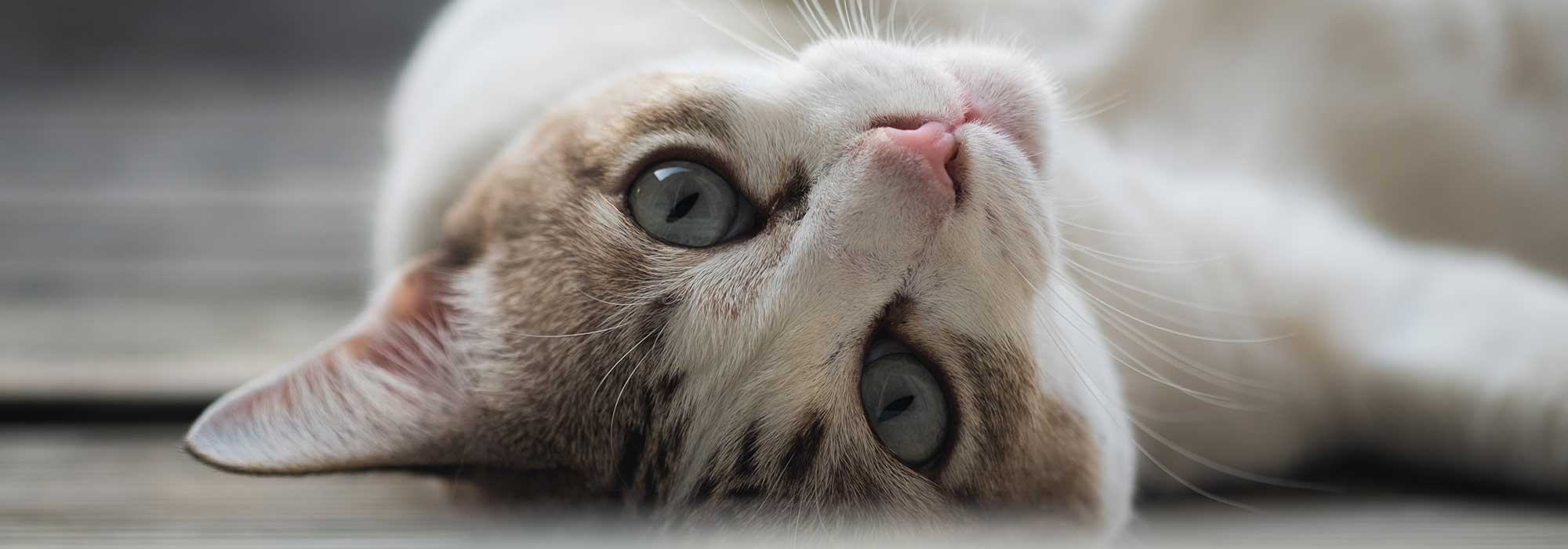Our Blog
When Words Aren’t Enough: How to Help Someone Who is Grieving the Death of a Pet
 For many people, the loss of a beloved family pet is similar to losing a person. Although the status of companion animals in our society is elevated in comparison to previous generations, there remains a lack of understanding when it comes to the intense sadness that surrounds the death of a pet. Because of these societal influences, many pet owners don’t receive the support they need from family and friends when the time comes to say goodbye to their pets.
For many people, the loss of a beloved family pet is similar to losing a person. Although the status of companion animals in our society is elevated in comparison to previous generations, there remains a lack of understanding when it comes to the intense sadness that surrounds the death of a pet. Because of these societal influences, many pet owners don’t receive the support they need from family and friends when the time comes to say goodbye to their pets.
It can be difficult to know what to do or say when someone has experienced the death of a pet, but it’s important to remember that this is your opportunity to be there for a loved one in their time of need. We hope our guidelines can be of assistance in navigating this sensitive and important time.
Pet DNA Testing: The Inside Scoop
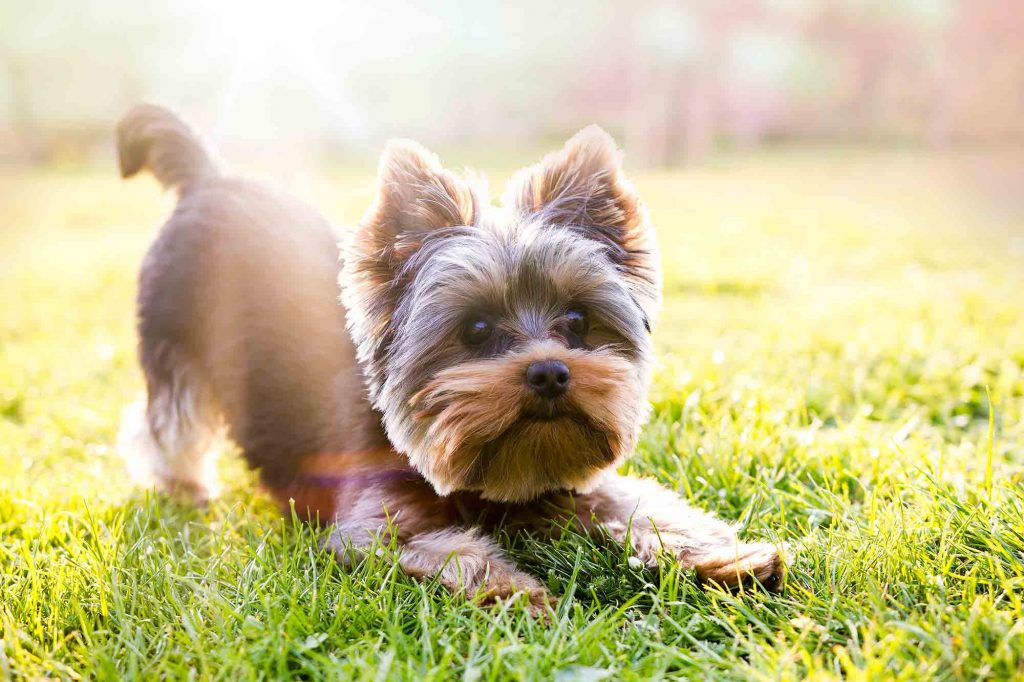 DNA testing for humans is nothing new. We regularly rely on the results of these types of tests to determine paternity, figure out our ancestry, and even check for the probability of developing certain inherited diseases. It only makes sense that, given the ease and relative low cost of genetic testing technology, that pet DNA testing would become a booming industry.
DNA testing for humans is nothing new. We regularly rely on the results of these types of tests to determine paternity, figure out our ancestry, and even check for the probability of developing certain inherited diseases. It only makes sense that, given the ease and relative low cost of genetic testing technology, that pet DNA testing would become a booming industry.
To Declaw or Not to Declaw: Addressing the Scratching Problem
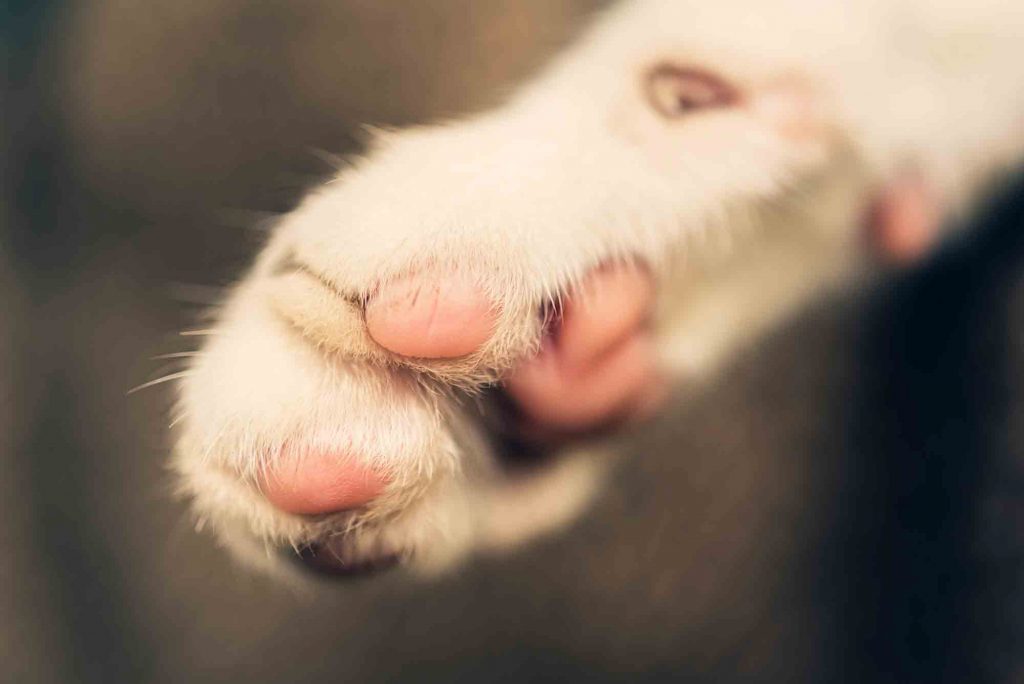 Whether cats should be declawed or not has become a hot-button issue in recent years. As a result, the declawing of cats has been banned in more than a dozen countries and in several California cities, and a bill is currently being considered that would make New York the first state to outlaw the procedure. The surgery is currently legal in Colorado, although attempts have been made to introduce legislation that would ban the procedure to declaw a cat.
Whether cats should be declawed or not has become a hot-button issue in recent years. As a result, the declawing of cats has been banned in more than a dozen countries and in several California cities, and a bill is currently being considered that would make New York the first state to outlaw the procedure. The surgery is currently legal in Colorado, although attempts have been made to introduce legislation that would ban the procedure to declaw a cat.
The American Veterinary Medical Association (AVMA) has taken the stance that declawing is not a medically necessary procedure, but that it can be beneficial in instances where the cat would otherwise be given up for adoption, or when the owners are immunocompromised and cannot risk being scratched.
The AVMA and the staff here at Lone Tree Veterinary Medical Center agree that, before making a decision, cat owners should be fully educated on normal cat scratching behavior and alternatives to the declaw procedure, as well as the risks involved. Our medical team works diligently to help cat owners with these alternatives. In the rare situation where all alternatives have been tried over time and have failed, in order to keep a cat in its forever home or avoid euthanasia, our veterinarians will provide the procedure.
Fit Felines and Muscular Mutts: Making Pet Exercise Fun
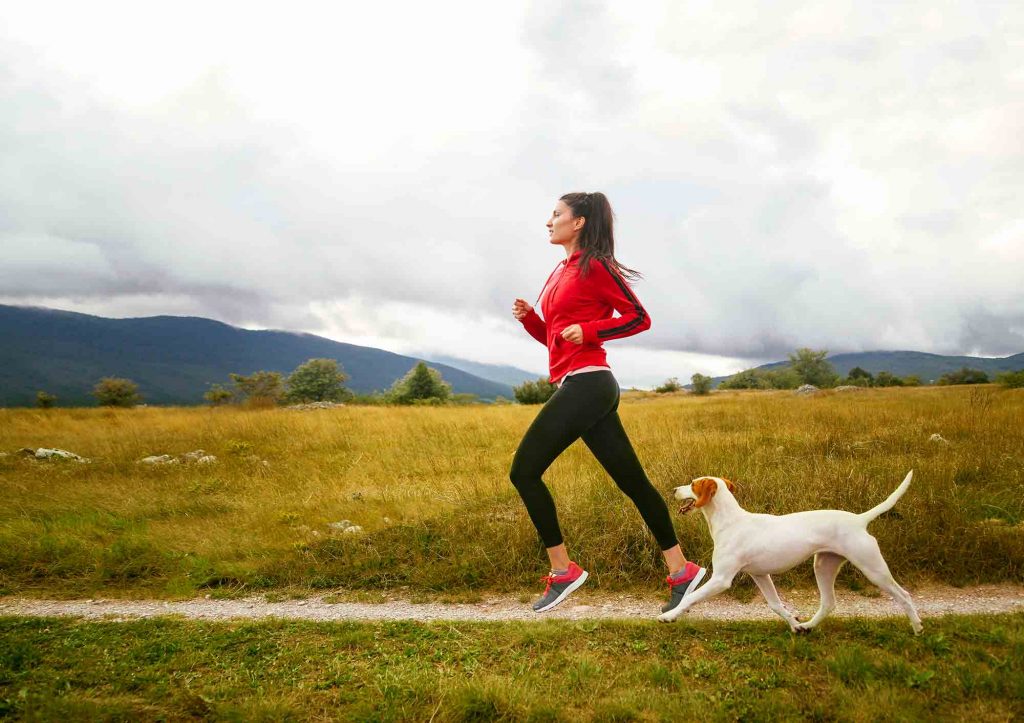 Most of us already know how important physical exercise can be for our pets. Daily exercise not only burns calories and keeps our furry friends lean, it also helps to boost the immune system, which protects against diseases like diabetes and cancer. Daily play adds elements of fun and excitement to each day, a necessary component for the well-rounded life of our pets.
Most of us already know how important physical exercise can be for our pets. Daily exercise not only burns calories and keeps our furry friends lean, it also helps to boost the immune system, which protects against diseases like diabetes and cancer. Daily play adds elements of fun and excitement to each day, a necessary component for the well-rounded life of our pets.
Even the most committed pet owners and active pets can easily find themselves bored with the daily walk or game of laser chase. Our creative pet exercise ideas are designed to provide you with a template for incorporating fun, simple, and regular exercise into your pet’s life.
Keep Them Close: The Perils of Off-Leash Walking
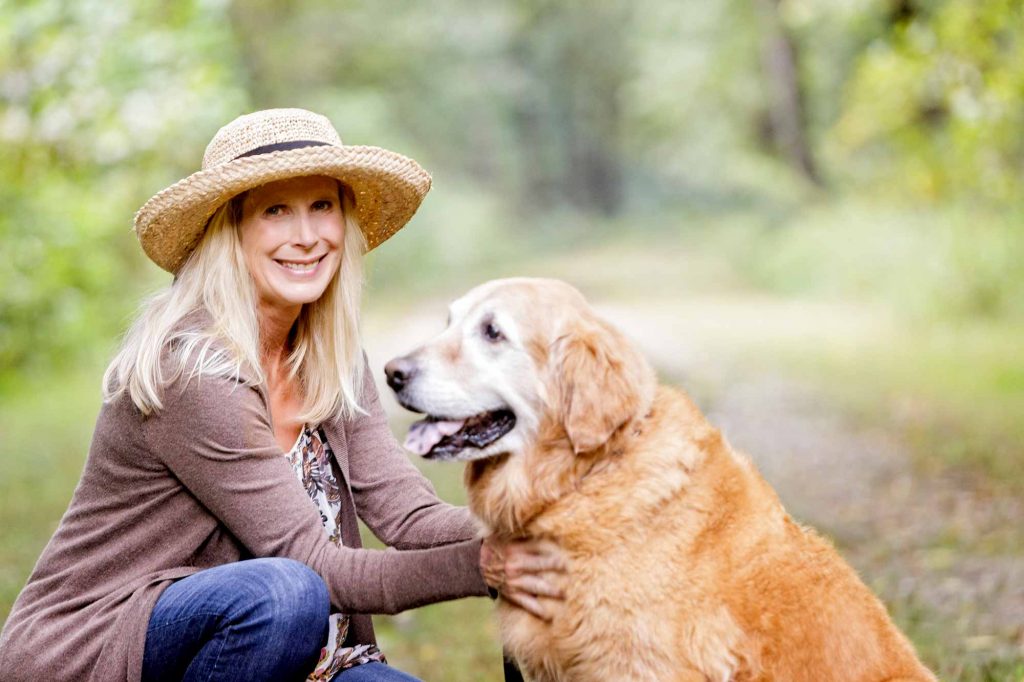 Most of us humans have an innate desire to experience the outdoors and explore it whenever we have the chance, and our dogs are no different. As a result, many owners often give in to the temptation of allowing their dogs to roam freely off-leash on walks and hikes in order to give them that same freewheeling experience.
Most of us humans have an innate desire to experience the outdoors and explore it whenever we have the chance, and our dogs are no different. As a result, many owners often give in to the temptation of allowing their dogs to roam freely off-leash on walks and hikes in order to give them that same freewheeling experience.
Leash-walking dogs, in general, is a popular activity in our area because of the many accessible trails and open spaces that surround us, just waiting to be explored. Along with this, however, is the growing problem of dogs being allowed off-leash when accompanying their owners in these very same places. Unfortunately, tragic incidents involving off-leash walking of dogs are becoming more and more of a problem, so it’s worth taking a look at whether or not the risks outweigh the benefits.
Sit, Ubu, Sit: What Makes a Good Dog?
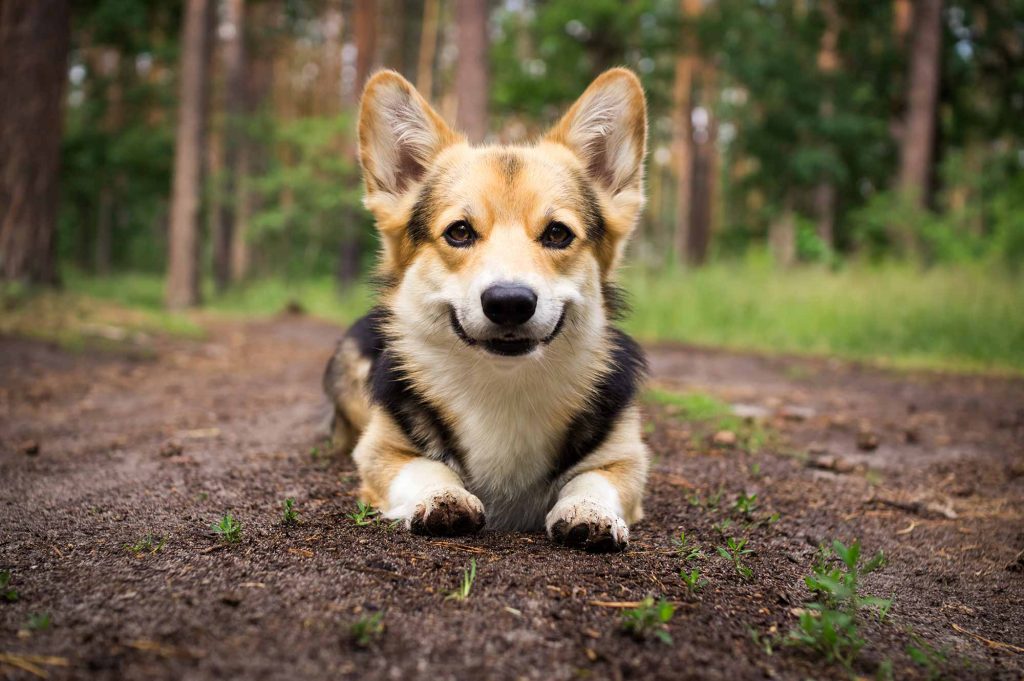 Many of us probably already have our own ideas about what makes a good dog. Your ideal dog might enjoy sitting on the couch, binge-watching Netflix with you, or perhaps your perfect canine companion is one who will join you on your daily 10 mile run. But is there really an ideal “good” dog?
Many of us probably already have our own ideas about what makes a good dog. Your ideal dog might enjoy sitting on the couch, binge-watching Netflix with you, or perhaps your perfect canine companion is one who will join you on your daily 10 mile run. But is there really an ideal “good” dog?
Your team at Lone Tree Veterinary Medical Center never shies away from tough topics, and we’re tackling this one head on!
Green Grass, Happy Dog: Preventing Dog Urine Spots on Lawns
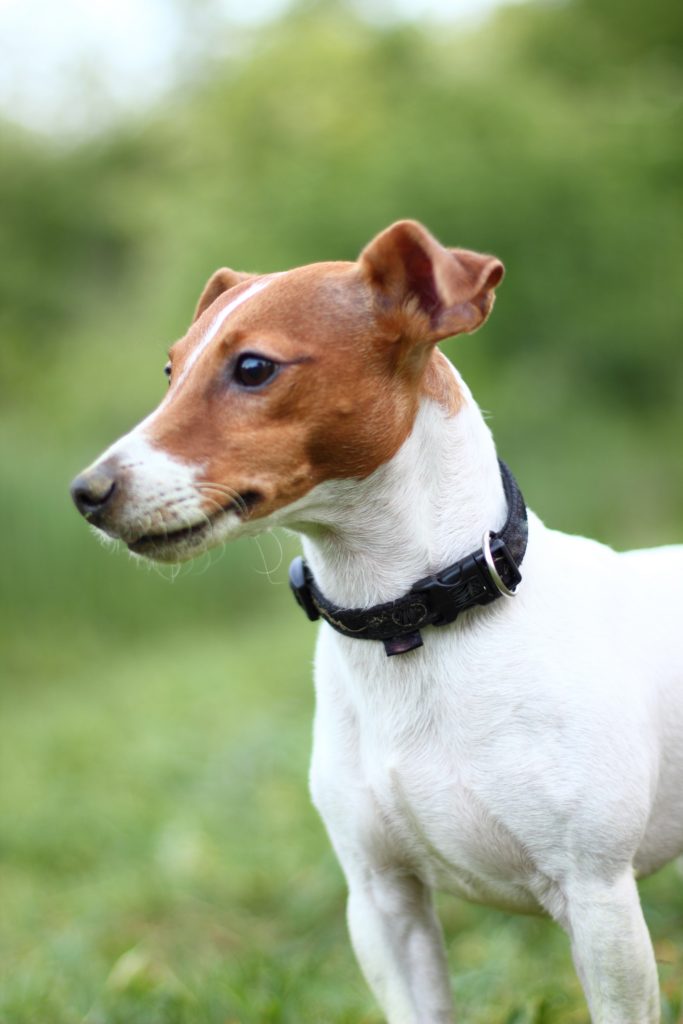 We love everything about our dogs, but we don’t always love some of the side effects of “doggie business”, such as those yellow or brown dog urine spots on the lawn. Not only do the spots make the yard look less attractive, they are also hard to get rid of. Add in two or more dogs, and you may be facing a completely dead lawn in the not too distant future.
We love everything about our dogs, but we don’t always love some of the side effects of “doggie business”, such as those yellow or brown dog urine spots on the lawn. Not only do the spots make the yard look less attractive, they are also hard to get rid of. Add in two or more dogs, and you may be facing a completely dead lawn in the not too distant future.
Also called “lawn burn”, urine damage to lawns is a misunderstood problem that has generated a variety of commercial products and DIY remedies. We’ve broken down this common concern and have the scoop on how to prevent this unsightly situation.
What Causes Dog Urine Spots?
The yellow spots that develop after your dog urinates on your lawn are caused by the high concentration of nitrogen-containing compounds and associated salts that are naturally present in dog urine. It’s similar to putting too much fertilizer in a small spot on your lawn, which also causes lawn burn.
Walking Your Cat on Leash… and Doing it Safely, Learn How To Leash Train Your Cat
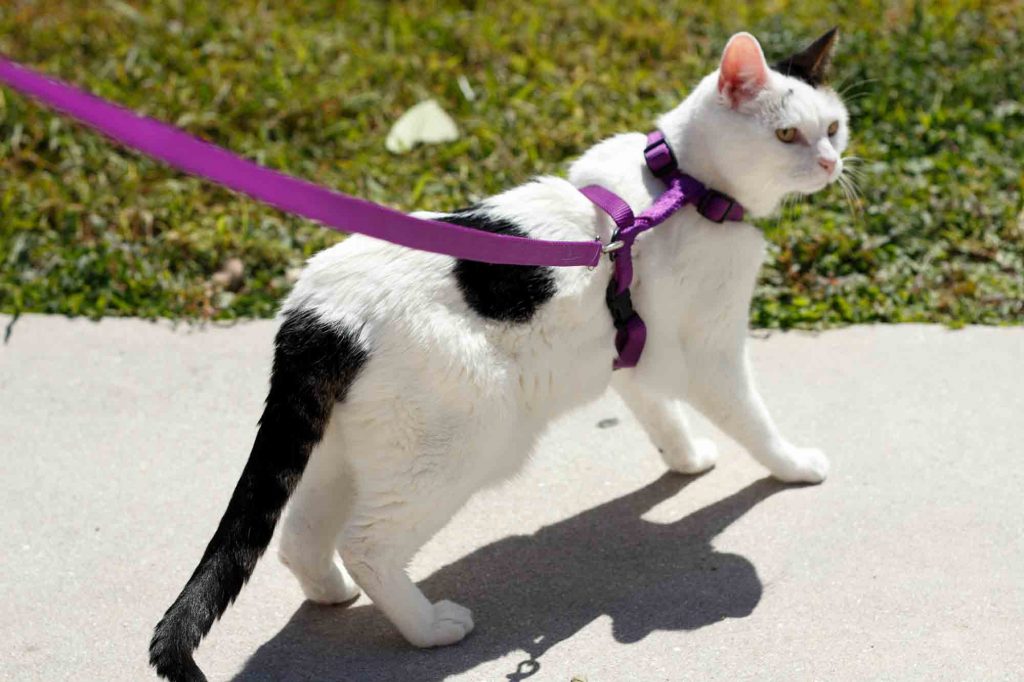 Anyone who has witnessed an indoor cat looking out the window or lying in wait near the front door for any chance to slip outside, knows that cats are curious about the outdoors. Many pet owners would love to give their cats the outdoor experience, but a cat’s safety and well-being generally depends on staying indoors at all times.
Anyone who has witnessed an indoor cat looking out the window or lying in wait near the front door for any chance to slip outside, knows that cats are curious about the outdoors. Many pet owners would love to give their cats the outdoor experience, but a cat’s safety and well-being generally depends on staying indoors at all times.
Is it possible to safely leash train your cat and give your cat an outdoor experience?
Stay Cool! Avoiding Hyperthermia in Pets
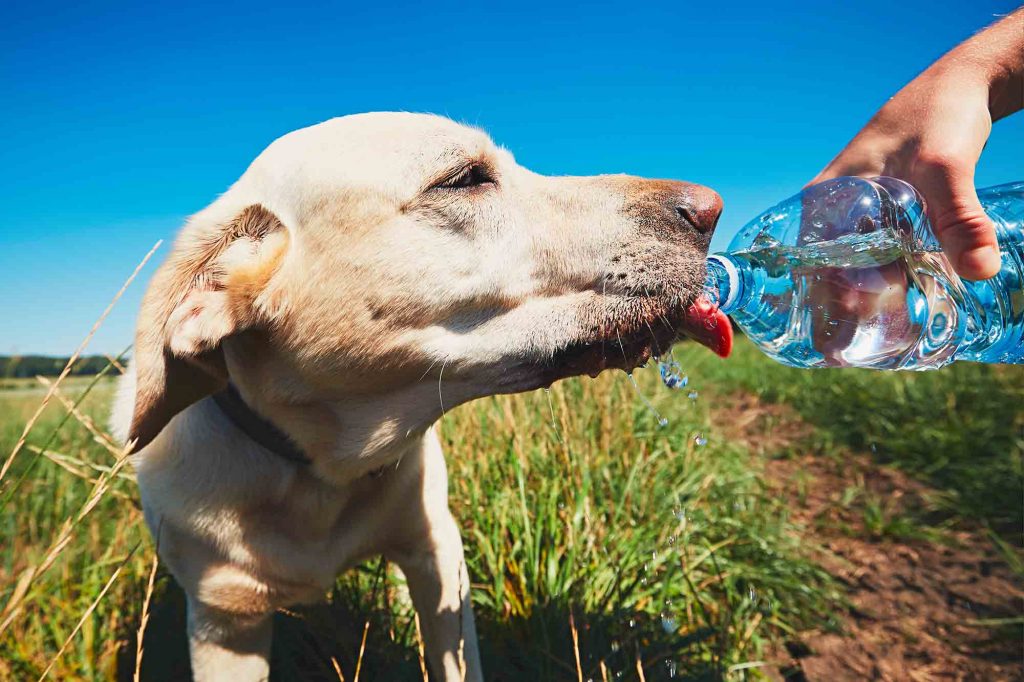 Hyperthermia in pets, also known as heat stroke, is one of the biggest warm weather risks facing pets in the summertime. As temperatures rise, it’s important for pet owners to take their pets’ well-being into consideration. Warm weather doesn’t mean we can’t have some fun in the sun with our pets. Rather, it means that we need to be aware of the risks and plan ahead for their safety and well-being.
Hyperthermia in pets, also known as heat stroke, is one of the biggest warm weather risks facing pets in the summertime. As temperatures rise, it’s important for pet owners to take their pets’ well-being into consideration. Warm weather doesn’t mean we can’t have some fun in the sun with our pets. Rather, it means that we need to be aware of the risks and plan ahead for their safety and well-being.
Hyperthermia in pets, also known as heat stroke, is one of the biggest warm weather risks facing pets in the summertime. Unlike humans, a pet’s only means for cooling their bodies is through oral panting and the small amount of sweat released through their paws. Knowing how to prevent hyperthermia in our pets is the first step toward making sure our furry loved ones stay cool and safe all summer long.
The Heat Is On: Learning to Spot and Prevent Dehydration in Pets
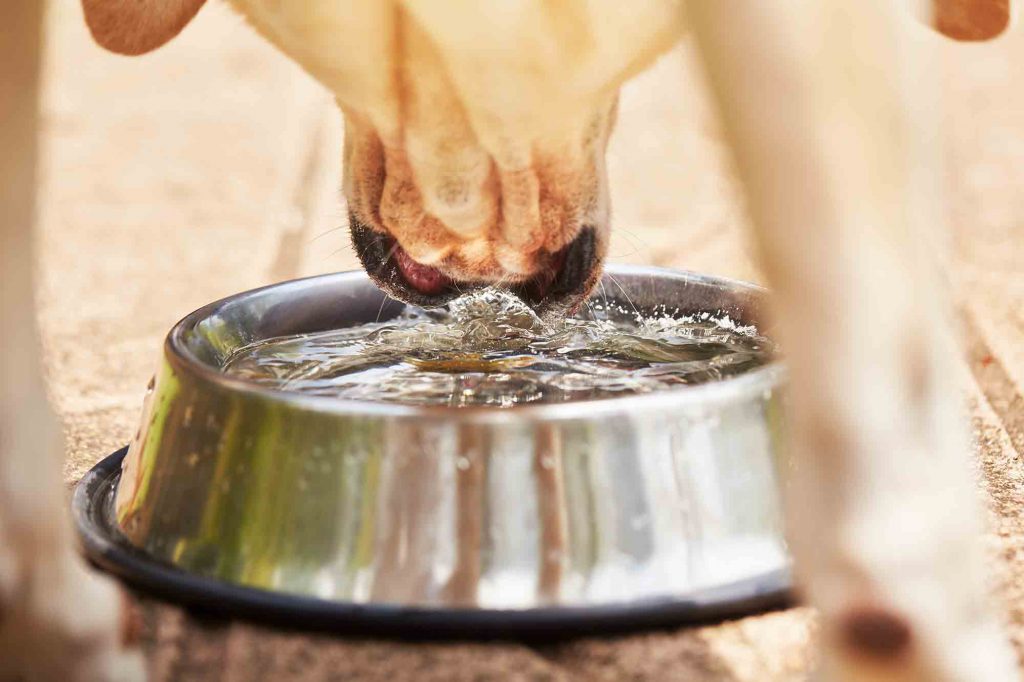 It’s no secret that water is vital to the existence of humans and animals, as well as most other living creatures. Water makes up about 70-80% of a pet’s total body mass and is critical for the proper functioning of each and every cell and system.
It’s no secret that water is vital to the existence of humans and animals, as well as most other living creatures. Water makes up about 70-80% of a pet’s total body mass and is critical for the proper functioning of each and every cell and system.
Even a small loss of a pet’s fluids can disrupt the body’s delicate balance and result in dehydration. If not corrected, dehydration will impair the body’s functioning and quickly become a medical emergency.

